Battery-Powered GPS Trackers
Connect more of the assets that matter with our range of GPS trackers with long battery life.

Envirostream Australia was established in 2017 to develop safe and innovative solutions for what is emerging as one of the greatest challenges, within Australia and globally, facing the waste management industry: what to do with end-of-life batteries.
The only onshore, mixed-battery recycling facility in Australia with the integrated capacity to collect, sort, shred and separate all the components of spent Lithium-ion (Li-ion) and single-use alkaline batteries, Envirostream also designs battery collection units and offers full battery recycling services to large retailers across Australia and New Zealand.
As Bunnings’ official battery recycling partner, Envirostream manages the provisioning and maintenance of the battery collection units deployed in the hardware chain’s retail sites across Australia. Located at the front of all Bunnings stores, the battery collection bins make it convenient for customers and tradies alike to drop off used batteries with confidence, knowing they’ll be recycled.

Battery Recycle Bins (Bunnings)
With over 350 collection bins currently deployed, Envirostream required a robust battery-powered GPS asset tracking device to track and manage their bins indoors and outdoors.
The irony is not lost when considering battery-powered tracking solutions for battery recycling bin management – Leveraging low-power Cellular LTE-M (Cat-M1) and NB-IoT networks, cloud-based location solving, and a breadth of intelligent power management features, the Yabby Edge features over 10 years of battery life on 3 user-replaceable (and recyclable) Alkaline or Lithium AAA batteries, significantly reducing environmental waste and operating costs.
Featuring both GPS and Wi-Fi Positioning for seamless Indoor-to-outdoor asset tracking, location tracking with the Yabby Edge was critical during bin deployments, according to Max Lane, General Manager, Commerical at Envirostream.
“In a market impacted by both covid and flooding, we required asset-level visibility to track the collection bins from production through to delivery,” says Lane. “With the Yabby Edges installed on all bins, we were able to assess delivery delays in real-time and more effectively communicate with our partners and stakeholders.”
Once on-site and relatively stationary, location reporting frequencies on the Yabby Edge are reduced and remotely updated over-the-air using our Device Management Platform to further conserve battery life and data usage.

Location of Battery Recycling Bins across Australia (Envirostream)
In addition to location tracking, Envirostream utilizes Tip Detection on the Yabby Edge to enable pre-emptive “over-fill” alerts via email and SMS to improve safety, customer experience, and optimize service frequencies.
The Yabby Edge is installed inside each battery bin on a lever mechanism designed by Envirostream. The tilt angle is then calibrated based on weight to indicate fill levels.

“We have configured the devices to send alerts when the bins are about 50% full, so we can engage with our service agents well before the bins reach capacity,” says Lane. “Although we are still early in our deployment, we expect the Yabby Edge will reduce service frequencies by 30%.”
Bunnings’ collection bins are also in highly visible, trafficked areas of the stores, so presentation and customer experience are also a priority.
“It shouldn’t be a hassle for consumers to recycle their batteries,” says Lane. “If a customer comes in with a bag of batteries and the bin is full, it’s unsafe, it doesn’t look good visually, and it’s not a good experience. They may not bother with recycling them in the future.”
Composed of particularly volatile compounds, the collection of lithium-ion batteries specifically can pose an “existential threat” to collection and recycling facilities.
On-board temperature monitoring on the Yabby Edge enables critical over-temperature alerts, providing early warning alerts to Envirostream when a specific bin may be experiencing temperature increases.
“We are impressed with the robustness and operational capabilities of the Yabby Edge. We worked closely with the Digital Matter technical team to understand and learn how to best optimize the devices for our use case.”

Related Case Studies
Battery selection plays an important role in determining how well a data logger performs in the field. This is especially important in challenging thermal environments or in scenarios where the data logger needs to power demanding sensors.
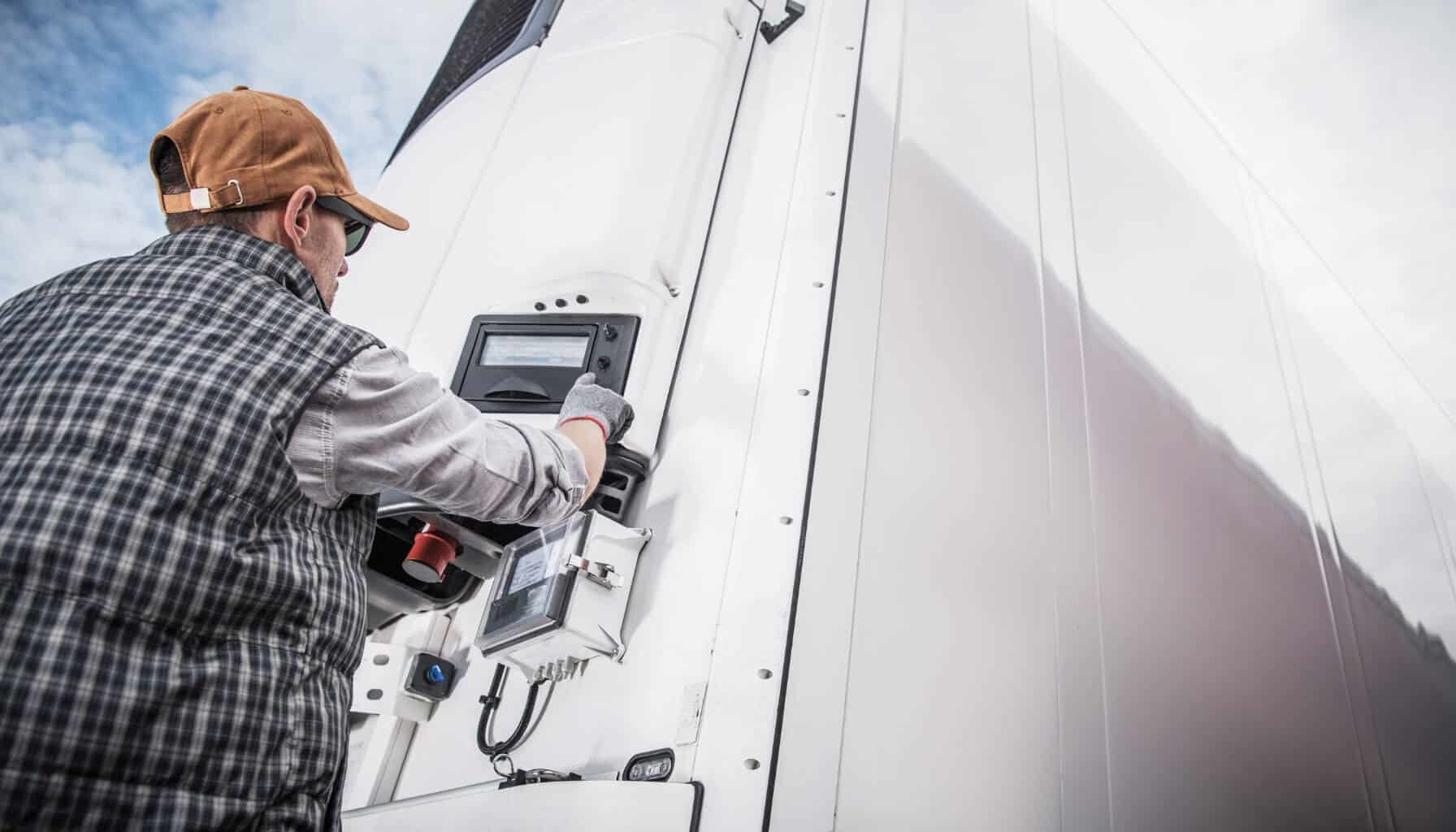
Related Case Studies
In today’s world, the need for precise sensor monitoring is becoming more and more prevalent. Temperature and humidity sensors are among some of the monitoring tools that play a pivotal role in maintaining optimal conditions for many industries, from cold chain logistics, healthcare, all the way to agriculture. This article will explore the fundamentals of temperature and humidity monitoring, the technology, applications, and role of data loggers for communicating temperature and humidity data.

Related Case Studies
What is an NB-IoT Data Logger? Data and real-time insights allow businesses to optimize operations, monitor conditions, and make informed data-driven decisions. NB-IoT data loggers play a pivotal role in ensuring businesses are equipped with the right data, at the right time. NB-IoT data loggers allow for wireless, remote data collection from sensors, allowing businesses to capture integral data without any manual effort.

Related Case Studies
Agriculture is rapidly evolving with the integration of IoT technology, enabling farmers and agribusinesses to optimize operations, increase yields, and enhance sustainability. By leveraging remote sensors and data loggers, such as the Hawk, agricultural professionals can gain real-time insights into environmental conditions, equipment usage, and livestock movement to make data-driven decisions.
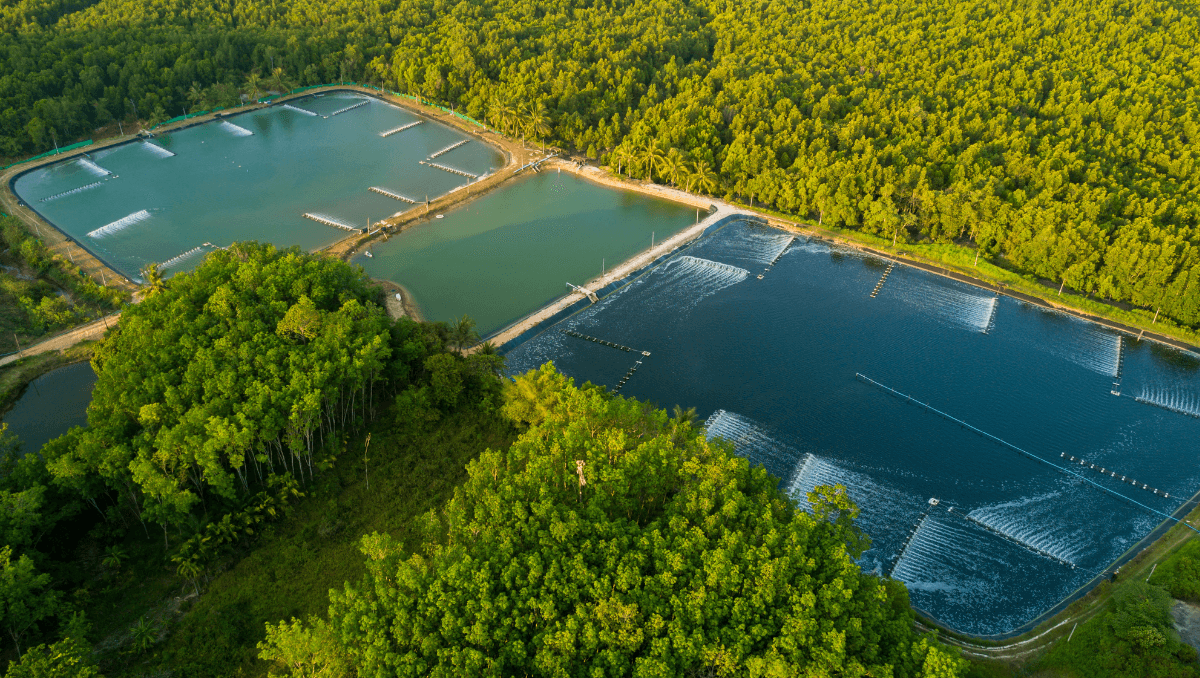
Related Case Studies
IoT plays an integral role in the modernization of smarter water management, allowing for greater efficiency, improved resource allocation and, enhanced sustainability. Learn how IoT has improved water management practices and discover the technology making this possible for industries around the world.
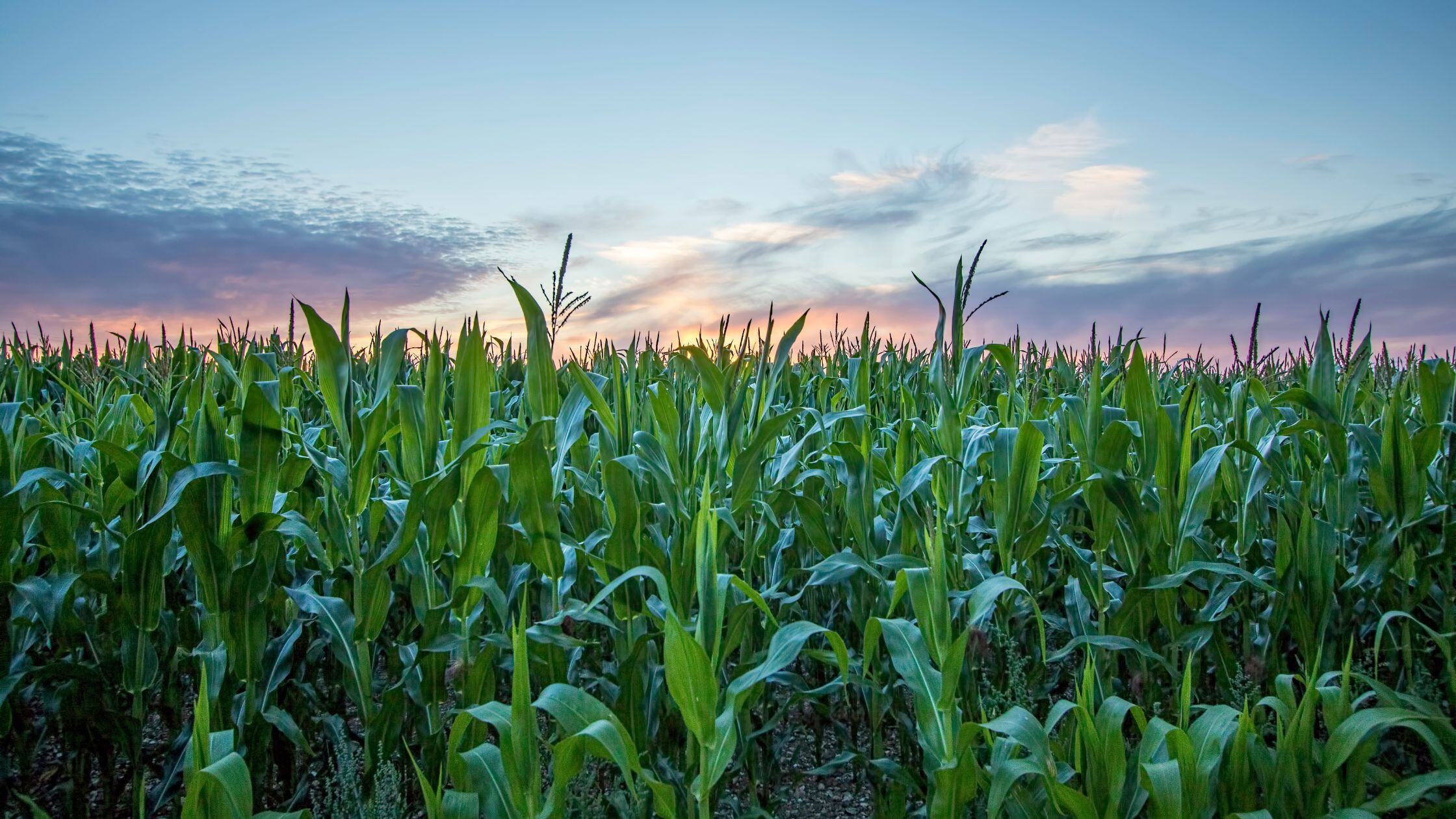
Related Case Studies
A Bluetooth® data logger can be used in sensor monitoring, utilizing Bluetooth Low Energy (BLE) to read data captured by a variety of sensors and tags. Bluetooth technology offers a cost-effective, energy-efficient solution for remote sensor monitoring, with its' low power consumption and ease of deployment. Discover the various sensors that utilize Bluetooth technology, their practical applications, and how they compare with other wireless solutions.

Related Case Studies
We have iterated on the low-power design DNA that permeates our entire product range to create a Hawk that can run for years using low-cost, Alkaline D Cell batteries.
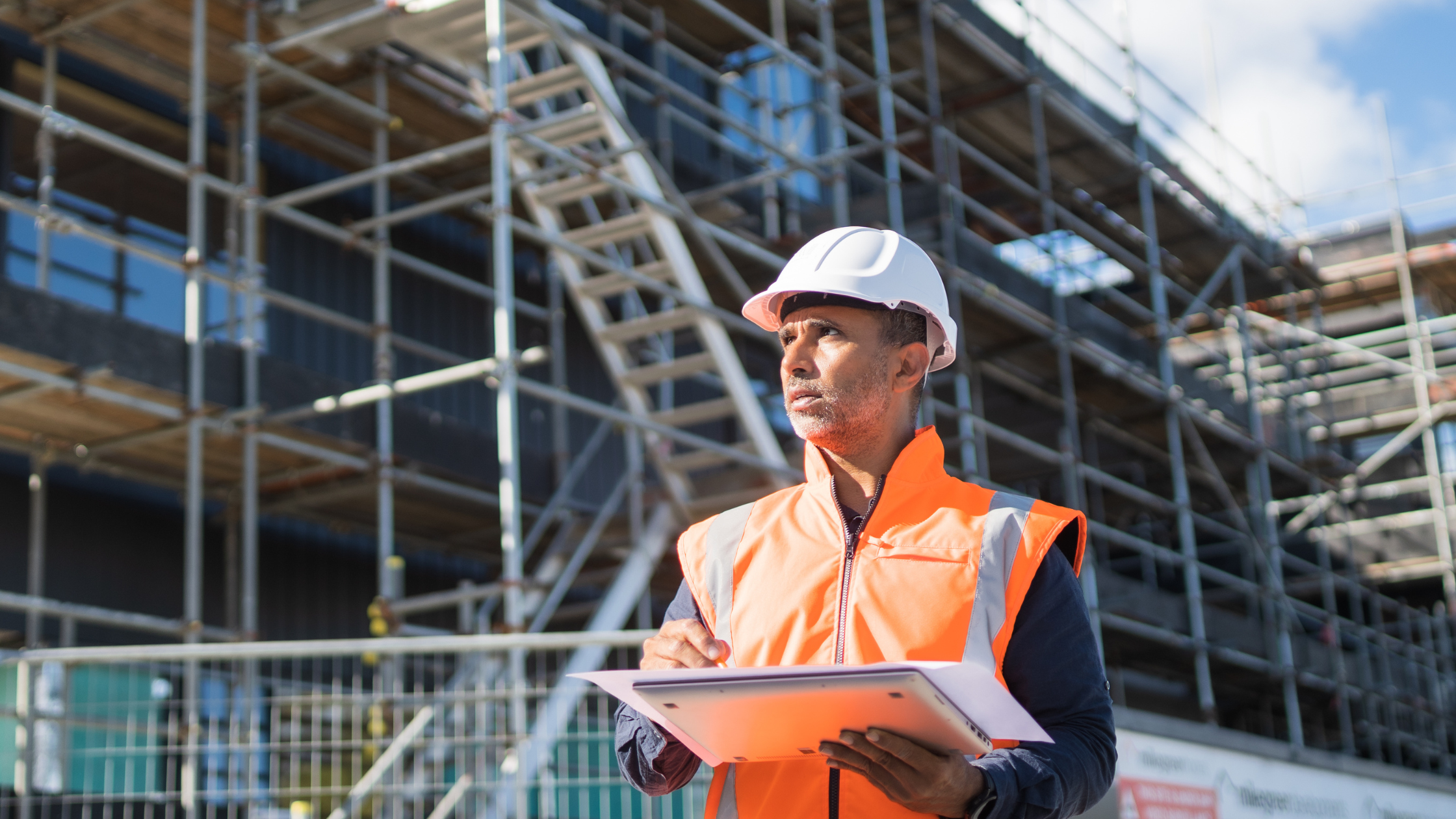
Related Case Studies
Remote task management leverages IoT technology to facilitate the real-time control and monitoring of devices and systems. Utilizing IoT sensors, a series of parameters can be remotely monitored from anywhere in the world, with data sent to a designated end-platform for analysis and task automation.
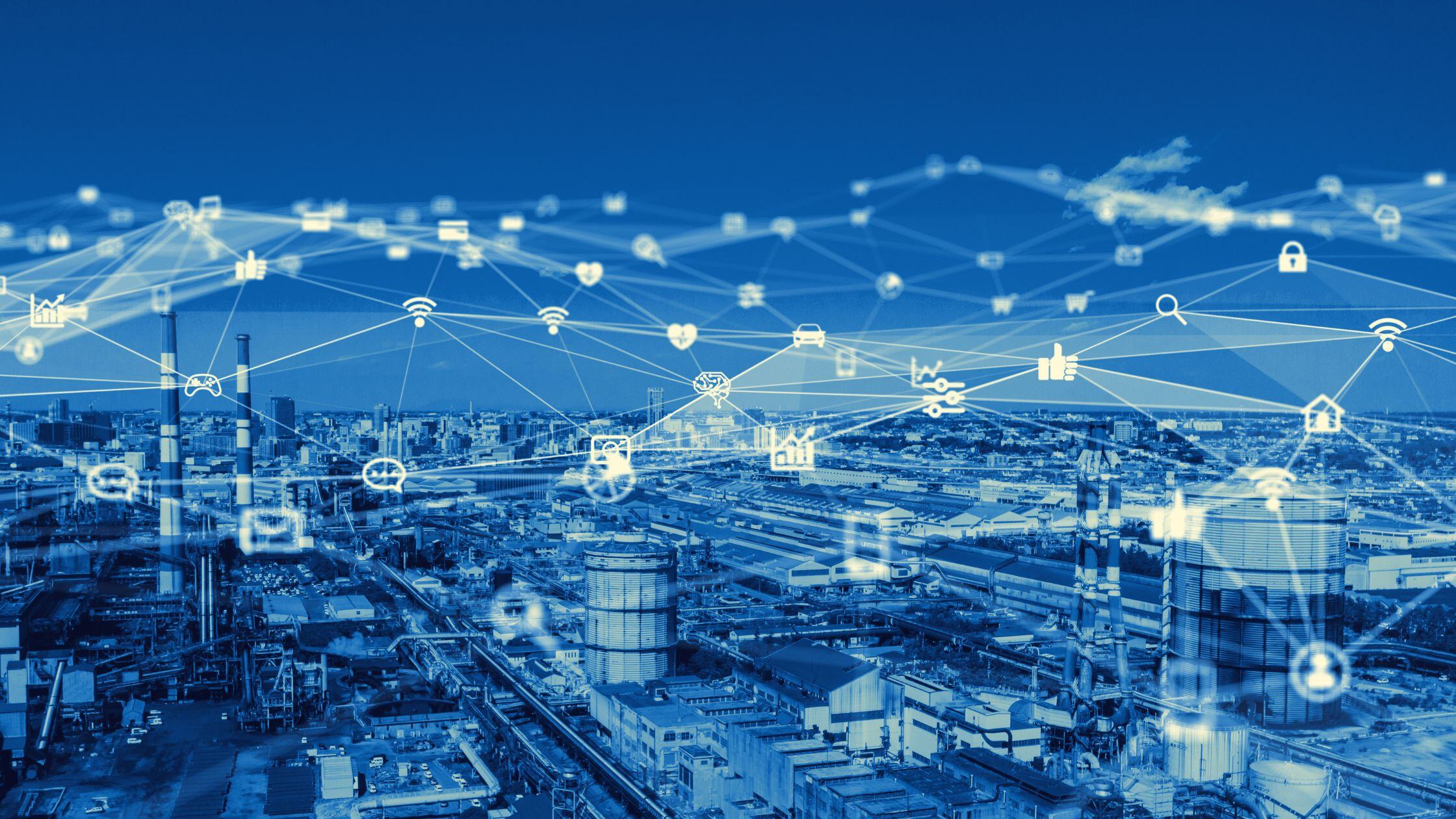
Related Case Studies
Modbus protocols are utilized in many industries such as industrial automation, building automation, and utility. Modbus offers an intuitive master-slave architecture that provides crucial data that aids in making timely decisions. Modbus remains a cornerstone in sensor monitoring due to its reliability, ease of implementation, and broad industry acceptance. Modbus data loggers help translate the data captured from Modbus protocols into a cloud-based platform to allow for remote monitoring.
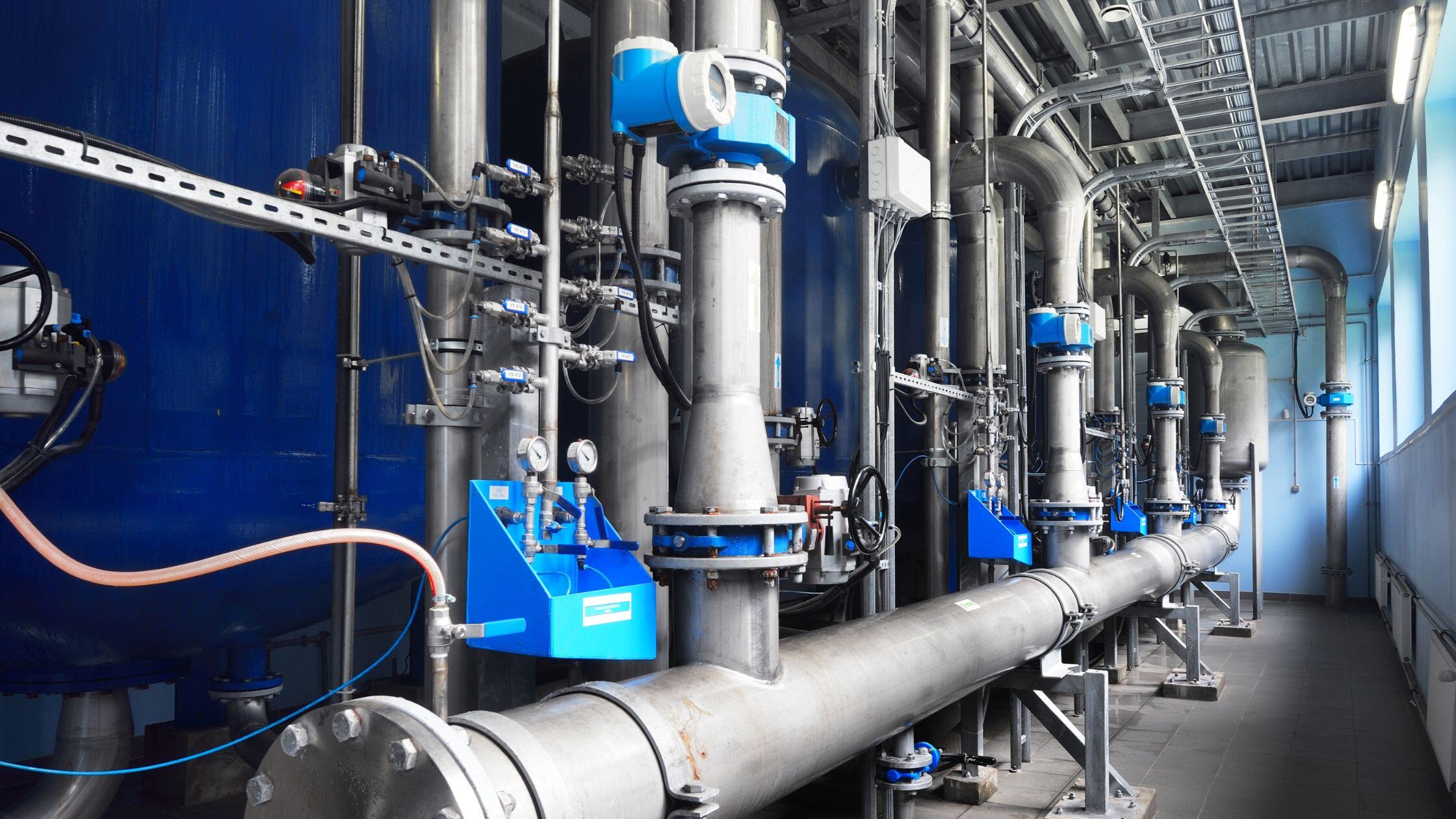
Related Case Studies
Water pressure management refers to monitoring and controlling the pressure within water systems. These systems comprise three components: a sensor, a water pressure datalogger, and a cloud-based platform.
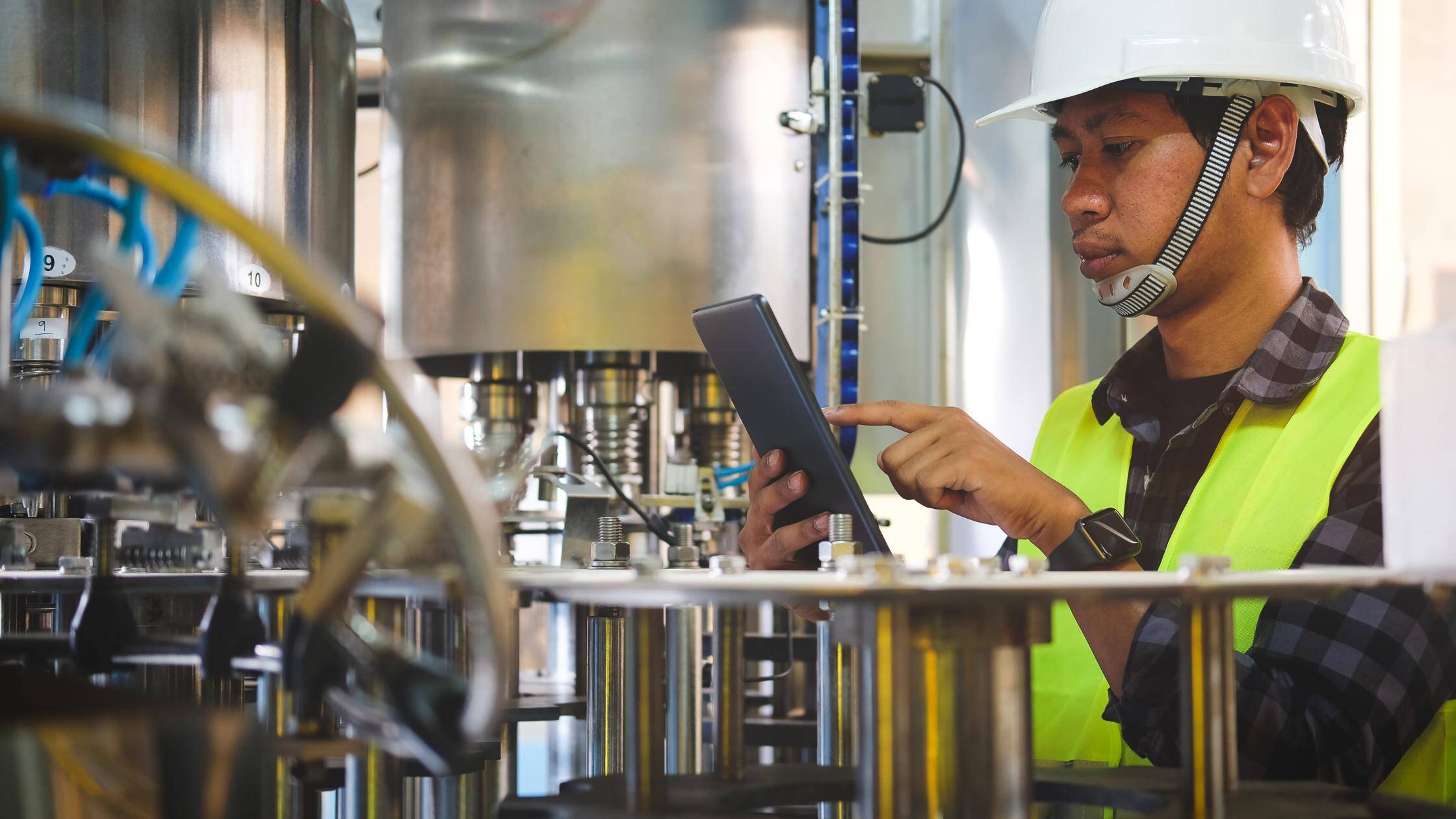
Related Case Studies
RS-485 is essential in industrial and building management systems, offering reliable long-distance communication and multi-device support. Its robust features ensure efficient sensor monitoring and data transmission in various applications, from automation to utility networks.
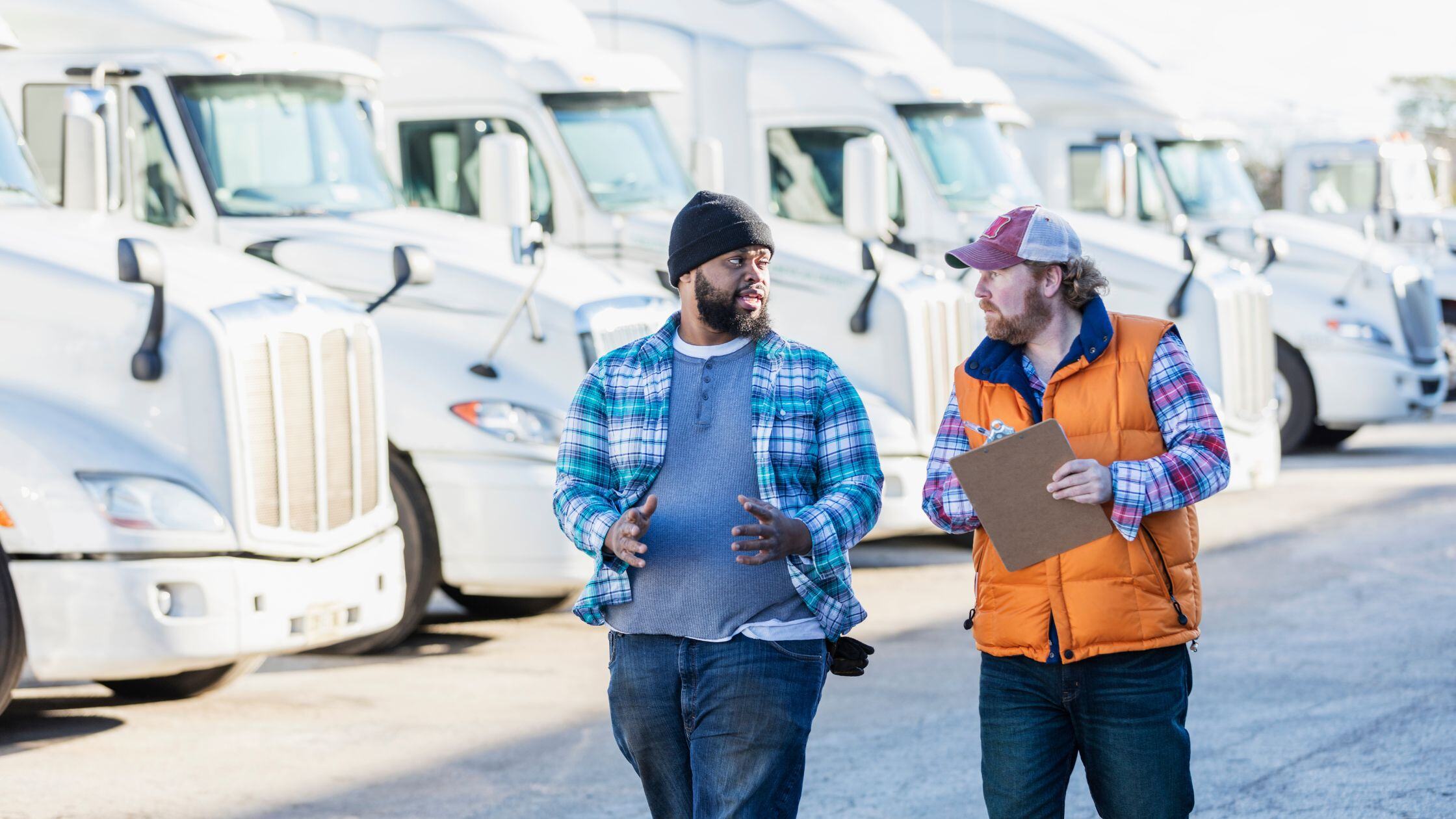
Related Case Studies
Explore how IoT remote monitoring is utilized in industries such as agriculture, healthcare, environmental management, and more. Remote monitoring paired with a data logger offers near-real-time insights into crucial data from a remote location. Ensuring timely decision-making and improved operational efficiency.